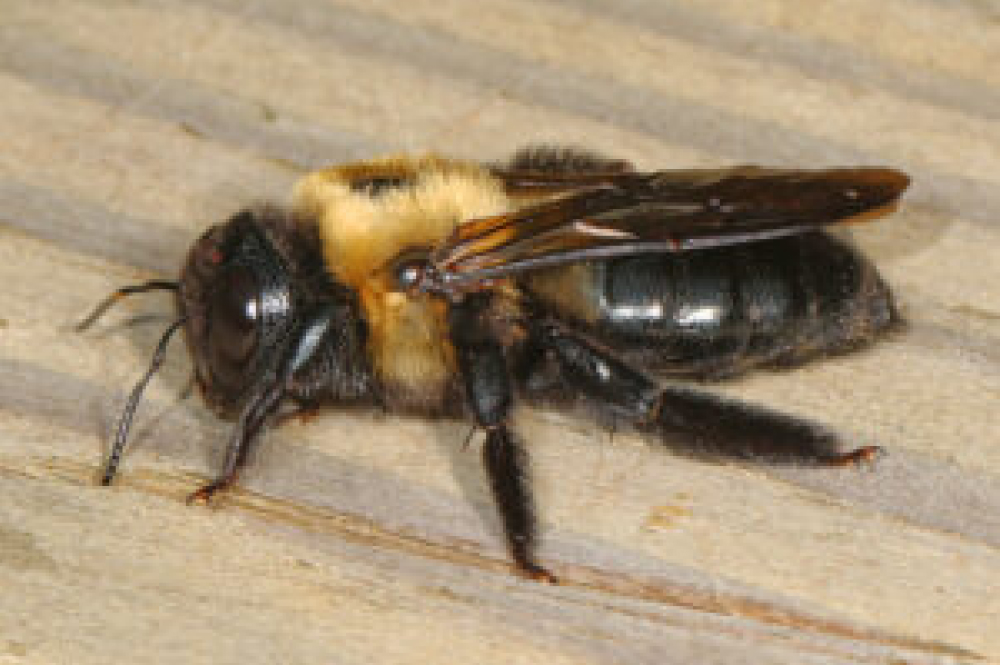Carpenter bees are a common sight in many parts of the country, including Phoenix. These bees are known for their ability to burrow into wood, where they lay their eggs and create nests.
While carpenter bees can be a nuisance, they’re generally not considered a major threat to humans or property. However, if left unchecked, they can cause damage to wooden structures, such as decks, fences, and even homes.
If you’re dealing with a carpenter bee infestation in Phoenix, there are a few steps you can take to address the problem. First, it’s important to identify the areas where the bees are nesting. Look for small holes in wooden structures, such as eaves, overhangs, and fascia boards. Once you’ve identified the nesting sites, you can begin treatment.
One effective treatment for carpenter bees is to use a residual insecticide. These products are designed to kill the bees on contact and provide ongoing protection against future infestations. Be sure to follow the instructions carefully, as these products can be toxic if not used properly.
Another option is to use a dust or foam insecticide. These products can be injected directly into the bee’s nesting site, where they will kill the bees and prevent them from returning. However, this method can be more difficult and time-consuming than using a residual insecticide.
In addition to using insecticides, there are some preventive measures you can take to reduce the likelihood of a carpenter bee infestation. For example, sealing up any cracks or crevices in your wooden structures can make it more difficult for bees to burrow in. You can also paint or stain your wooden structures, as carpenter bees are less likely to nest in treated wood.
In conclusion, carpenter bees can be a nuisance in the Phoenix area, but they’re generally not a major threat to humans or property. If you’re dealing with an infestation, there are several effective treatments you can use to address the problem. By taking preventive measures, you can reduce the likelihood of future infestations and protect your wooden structures from damage.
